
 On the night of April 22, the 36th Regiment of the 308th Division destroyed position 206. At 10:00 p.m., the 36th Regiment of the 308th Division ordered small squads to attack the stronghold and capture some of the bridgehead bunkers. The number of howitzer shells to support them was the same as every night, 20. But when the howitzer had just fired its thirteenth round, the assault force requested an immediate stop. Three attacking prongs simultaneously emerged from the ground, placing explosives to destroy three bridgehead bunkers. The soldiers of the 13th Half-Brigade (BLE3) were horrified to see soldiers wearing conical hats and holding bayonets appearing in the middle of the fort. They could only raise their hands in surrender. Not missing the precious opportunity, all three prongs charged into the command post area. 15 minutes later, the regiment was able to send two more platoons into the fort. In less than an hour, the troops had completely taken control of Huguette 1, capturing 177 legionnaires at the position. The feat of the Bac Bac soldiers in destroying the 206 stronghold created a solid position for our army to develop the battlefield to encroach deep into Muong Thanh airport. The regiment received a telegram of praise from the General, the Campaign Commander: "With the encroachment method, the regiment has opened a new, bold and creative tactic. This is the first tactic to be applied and achieved victory". The troops destroyed an important position defended by a formidable legionnaire unit, with negligible losses. The 206 battle was completed and truly affirmed the success of the tactic called "encroachment". Once again, we see more clearly the great effect of the traditional small-scale fighting method, demonstrating the intelligence, creativity and initiative of the revolutionary soldiers. The feat at the 206 stronghold is a concentrated manifestation of the "encroachment" tactic. The fall of Huguette 1 shocked the enemy in Dien Bien Phu. In order to destroy the enemy's fighting power, the Campaign Command called on soldiers in Dien Bien Phu to step up the "hunting Western snipers" movement. The Commander-in-Chief launched a sniper competition on the entire front. Since the sniper campaign was launched, the enemy was in dire straits, and the wounded were not treated in time, leading to dissatisfaction and desertion from the ranks... The number of enemies killed during the sniper competition was significant. In just ten days, snipers of the 312th Division killed 110 enemies, equal to the number of enemy troops eliminated from combat in a siege. Sniper Doan Tuong Lip of the 88th Regiment, 308th Division used 9 rifle bullets to kill 9 enemies. Soldier Luc of the 165th Regiment killed 30 enemies in one day of sniping. The new recruits were trained by veteran soldiers in tactics and shooting in actual combat right on the trenches. There are people who after a short time can use all kinds of guns and become good marksmen. The content of the sniper competition is as follows: “LET’S STRENGTHEN THE ENEMY SNIPING COMPETITION ON THE DIEN BIEN PHU FRONT, GENERAL COMMANDER-IN-CHIEF, Calling on Dien Bien Phu soldiers. Riflemen, machine gunners, mortarmen, artillerymen. After the great victories of our army in Dien Bien Phu, our siege position has now advanced to the enemy’s central area. Their central area is now within the range of our firepower. To make the enemy increasingly exhausted, their morale low, and their casualties pile up. To make them always fearful and tense, unable to eat well or sleep well, and at any time they could be shot dead by us. I call on: All soldiers Riflemen, machine gunners, mortarmen, artillerymen. Let's promote the spirit of actively destroying the enemy, strive to compete in sniper attacks in Dien Bien Phu. - One bullet, one enemy; - One bullet, several enemies; - Be patient, be active, aim at the right target, every shot will hit. Which comrade will be the best rifleman on the Dien Bien Phu front? Which comrade will be the best machine gunner, mortarman, will be the best artilleryman on the Dien Bien Phu front. The General Command is waiting for your achievements to reward you and your unit. Warm greetings and victory! April 22, 1953 COMMANDER-IN-CHIEF OF THE VIETNAMESE PEOPLE'S ARMY General VO NGUYEN GIAP[ 1 ] " To prepare for the third offensive to win a decisive victory, continue to destroy the enemy's force, capture all the high points in the East and the sudden strongholds in the West, bring all our firepower closer to control the airspace, threaten the central area, increase the enemy's strength loss and increase the capture of parachute supplies. General Vo Nguyen Giap issued an Order assigning tasks to the units to continue stabilizing the force, preparing the number of troops for the new battle to be successful, moving towards destroying all the enemy troops in Dien Bien Phu (full text of the Order see the Appendix).
On the night of April 22, the 36th Regiment of the 308th Division destroyed position 206. At 10:00 p.m., the 36th Regiment of the 308th Division ordered small squads to attack the stronghold and capture some of the bridgehead bunkers. The number of howitzer shells to support them was the same as every night, 20. But when the howitzer had just fired its thirteenth round, the assault force requested an immediate stop. Three attacking prongs simultaneously emerged from the ground, placing explosives to destroy three bridgehead bunkers. The soldiers of the 13th Half-Brigade (BLE3) were horrified to see soldiers wearing conical hats and holding bayonets appearing in the middle of the fort. They could only raise their hands in surrender. Not missing the precious opportunity, all three prongs charged into the command post area. 15 minutes later, the regiment was able to send two more platoons into the fort. In less than an hour, the troops had completely taken control of Huguette 1, capturing 177 legionnaires at the position. The feat of the Bac Bac soldiers in destroying the 206 stronghold created a solid position for our army to develop the battlefield to encroach deep into Muong Thanh airport. The regiment received a telegram of praise from the General, the Campaign Commander: "With the encroachment method, the regiment has opened a new, bold and creative tactic. This is the first tactic to be applied and achieved victory". The troops destroyed an important position defended by a formidable legionnaire unit, with negligible losses. The 206 battle was completed and truly affirmed the success of the tactic called "encroachment". Once again, we see more clearly the great effect of the traditional small-scale fighting method, demonstrating the intelligence, creativity and initiative of the revolutionary soldiers. The feat at the 206 stronghold is a concentrated manifestation of the "encroachment" tactic. The fall of Huguette 1 shocked the enemy in Dien Bien Phu. In order to destroy the enemy's fighting power, the Campaign Command called on soldiers in Dien Bien Phu to step up the "hunting Western snipers" movement. The Commander-in-Chief launched a sniper competition on the entire front. Since the sniper campaign was launched, the enemy was in dire straits, and the wounded were not treated in time, leading to dissatisfaction and desertion from the ranks... The number of enemies killed during the sniper competition was significant. In just ten days, snipers of the 312th Division killed 110 enemies, equal to the number of enemy troops eliminated from combat in a siege. Sniper Doan Tuong Lip of the 88th Regiment, 308th Division used 9 rifle bullets to kill 9 enemies. Soldier Luc of the 165th Regiment killed 30 enemies in one day of sniping. The new recruits were trained by veteran soldiers in tactics and shooting in actual combat right on the trenches. There are people who after a short time can use all kinds of guns and become good marksmen. The content of the sniper competition is as follows: “LET’S STRENGTHEN THE ENEMY SNIPING COMPETITION ON THE DIEN BIEN PHU FRONT, GENERAL COMMANDER-IN-CHIEF, Calling on Dien Bien Phu soldiers. Riflemen, machine gunners, mortarmen, artillerymen. After the great victories of our army in Dien Bien Phu, our siege position has now advanced to the enemy’s central area. Their central area is now within the range of our firepower. To make the enemy increasingly exhausted, their morale low, and their casualties pile up. To make them always fearful and tense, unable to eat well or sleep well, and at any time they could be shot dead by us. I call on: All soldiers Riflemen, machine gunners, mortarmen, artillerymen. Let's promote the spirit of actively destroying the enemy, strive to compete in sniper attacks in Dien Bien Phu. - One bullet, one enemy; - One bullet, several enemies; - Be patient, be active, aim at the right target, every shot will hit. Which comrade will be the best rifleman on the Dien Bien Phu front? Which comrade will be the best machine gunner, mortarman, will be the best artilleryman on the Dien Bien Phu front. The General Command is waiting for your achievements to reward you and your unit. Warm greetings and victory! April 22, 1953 COMMANDER-IN-CHIEF OF THE VIETNAMESE PEOPLE'S ARMY General VO NGUYEN GIAP[ 1 ] " To prepare for the third offensive to win a decisive victory, continue to destroy the enemy's force, capture all the high points in the East and the sudden strongholds in the West, bring all our firepower closer to control the airspace, threaten the central area, increase the enemy's strength loss and increase the capture of parachute supplies. General Vo Nguyen Giap issued an Order assigning tasks to the units to continue stabilizing the force, preparing the number of troops for the new battle to be successful, moving towards destroying all the enemy troops in Dien Bien Phu (full text of the Order see the Appendix). 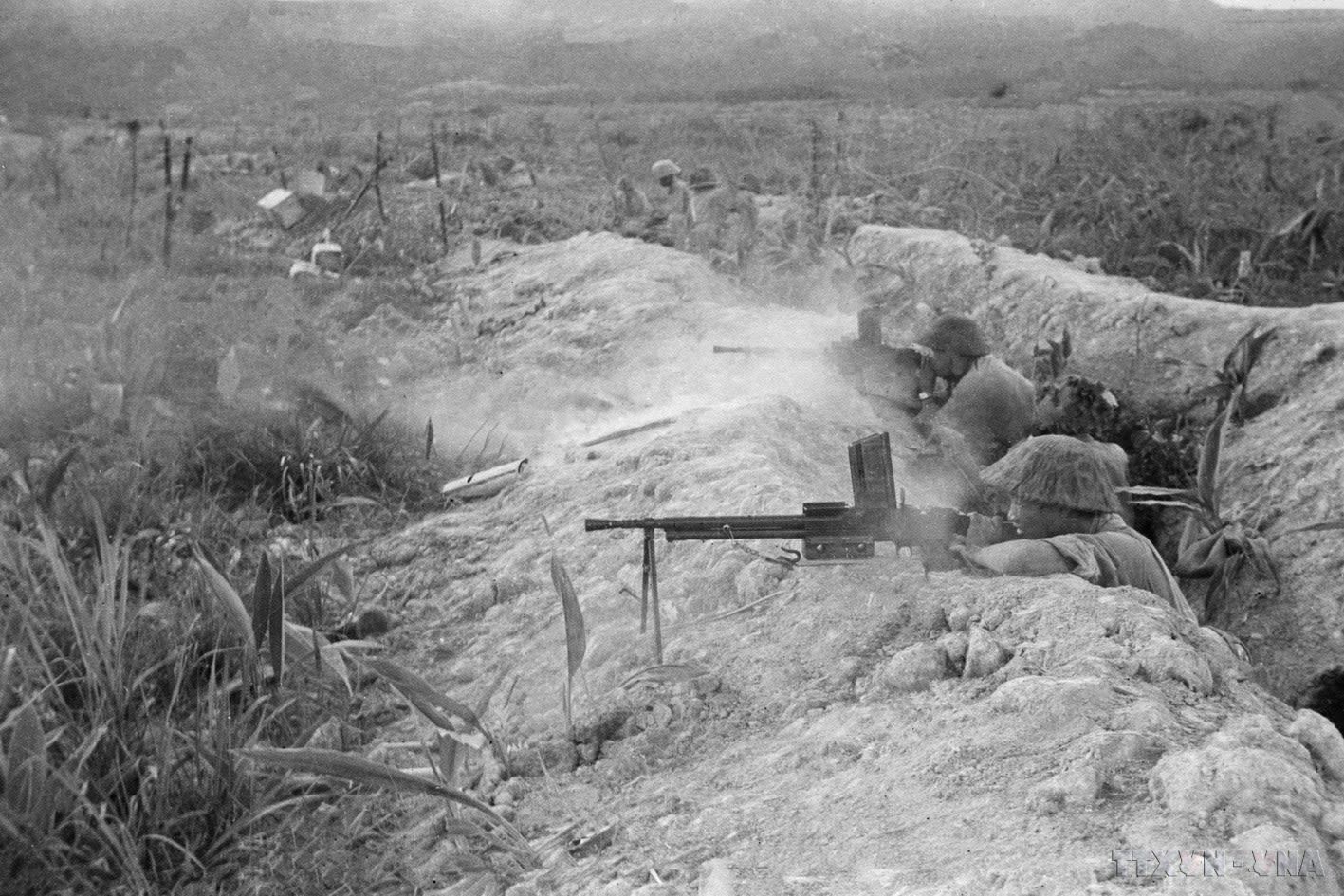
Fierce fighting is taking place at position 206. (Photo: VNA)
Enemy side: Cogny sent telegram 05/01 with the content: “Current attrition rate of GONO (Northwest Combat Group) average daily loss: 14, April 20; 120, April 21; 150 people on April 22. The total is only 300 Foreign Legion volunteers without parachute certificates. GONO troops number about 8,000 (disabled and slightly wounded) and are gradually recovering. The number of those soldiers who have been in combat since the beginning is nearly 2,000. All are extremely tired, the best units are the most heavily damaged. Huguette 1 (206) died on the night of April 22/23.” The enemy continued to send two companies with tank support determined to capture the airport intersection, preventing us from digging trenches. From that moment on, every time our trenches approached, the enemy troops in the stronghold no longer saw this as a threat, but as death, an unannounced death, emerging from the ground. Faced with the danger of the airport being cut off, de Catries ordered his troops to counterattack fiercely. The enemy airport was paralyzed, enemy planes could not supply supplies, only flying very high to drop parachutes. Up to 1/3 of the parachutes with food and ammunition fell into our positions. The closer the encirclement, the more fierce the fight against the enemy's counterattacks became. We and the enemy fought for every inch of land. Many snipers of the division pushed the enemy down to hide in muddy, flooded trenches.
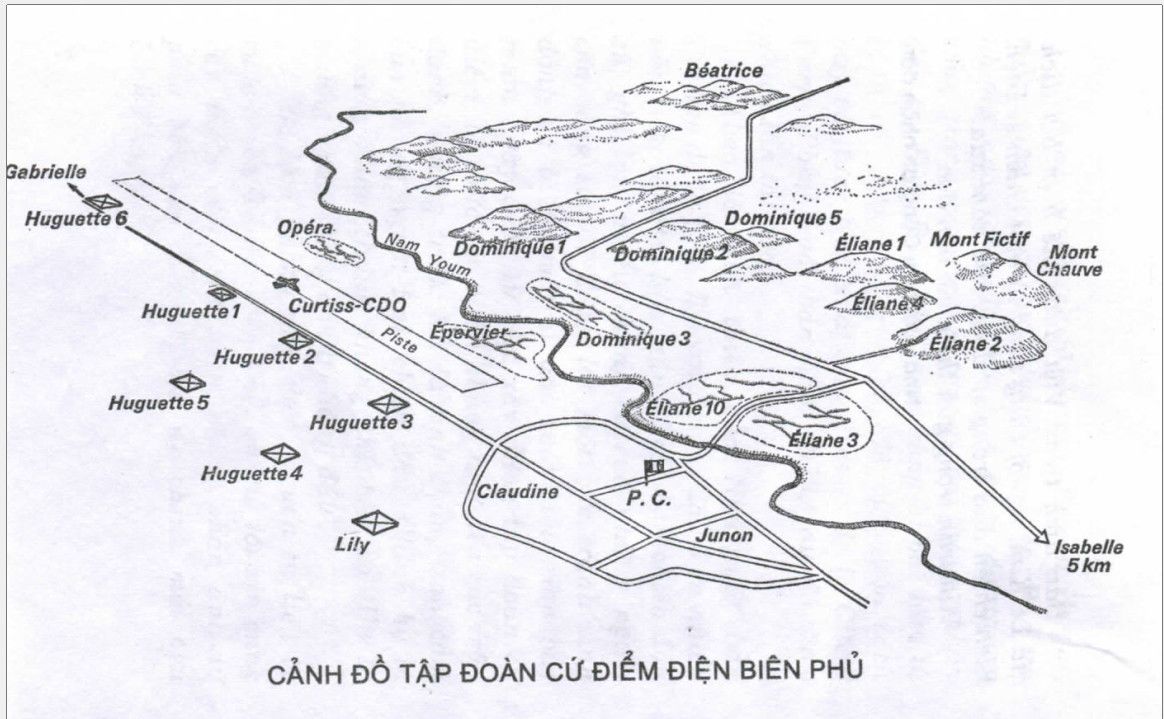 Map of the Dien Bien Phu stronghold. Source: Erwan Bergot, Dien Bien Phu 170 days and nights of siege, translated by Le Kim, CAND Publishing House and Phuong Nam Cultural Company, Hanoi , 2003. The book Dien Bien Phu Victory Chronicle, edited by Tran Do and published by the People's Army Publishing House, recorded the days of fierce fighting: The rain had flooded the trenches, the soldiers had to move in the trenches with mud and water up to their stomachs, in some places the soldiers returning from the battle had to stand in the water-filled trenches, carrying backpacks of guns and ammunition on their heads to avoid getting wet. The sleeping bunkers were also flooded and collapsed. The soldiers' health declined. Responding to the call of the Front Party Committee, they made every effort to "normalize daily life" to ensure long-term fighting health, building a battlefield to suffocate the enemy. The cadres of the regiments and specialized agencies all went to the trenches close to the enemy to inspect and guide the organization of eating, sleeping, and entertainment places for the soldiers. The communication trenches were dug deeper and had drainage ditches. The individual bunkers were all covered with wooden planks, the ceilings were covered with parachutes, and the walls were pinned with clean newspapers. Many bunkers were also decorated with pictures and wild flowers. The bunker doors were covered with parachutes or canvas to protect against the sun and rain. On one wall of the trench, a poster of the “Elephants in Charge” was hung next to the latest issue of the “People’s Army” newspaper published at the front. On a day of heavy rain, the soldiers’ trench system was exposed and twisted right on the flat field, but the sleeping and dining bunkers were still dry. Any places where water accumulated were paved with bamboo to place ammunition boxes, making it easy to move around.
Map of the Dien Bien Phu stronghold. Source: Erwan Bergot, Dien Bien Phu 170 days and nights of siege, translated by Le Kim, CAND Publishing House and Phuong Nam Cultural Company, Hanoi , 2003. The book Dien Bien Phu Victory Chronicle, edited by Tran Do and published by the People's Army Publishing House, recorded the days of fierce fighting: The rain had flooded the trenches, the soldiers had to move in the trenches with mud and water up to their stomachs, in some places the soldiers returning from the battle had to stand in the water-filled trenches, carrying backpacks of guns and ammunition on their heads to avoid getting wet. The sleeping bunkers were also flooded and collapsed. The soldiers' health declined. Responding to the call of the Front Party Committee, they made every effort to "normalize daily life" to ensure long-term fighting health, building a battlefield to suffocate the enemy. The cadres of the regiments and specialized agencies all went to the trenches close to the enemy to inspect and guide the organization of eating, sleeping, and entertainment places for the soldiers. The communication trenches were dug deeper and had drainage ditches. The individual bunkers were all covered with wooden planks, the ceilings were covered with parachutes, and the walls were pinned with clean newspapers. Many bunkers were also decorated with pictures and wild flowers. The bunker doors were covered with parachutes or canvas to protect against the sun and rain. On one wall of the trench, a poster of the “Elephants in Charge” was hung next to the latest issue of the “People’s Army” newspaper published at the front. On a day of heavy rain, the soldiers’ trench system was exposed and twisted right on the flat field, but the sleeping and dining bunkers were still dry. Any places where water accumulated were paved with bamboo to place ammunition boxes, making it easy to move around. 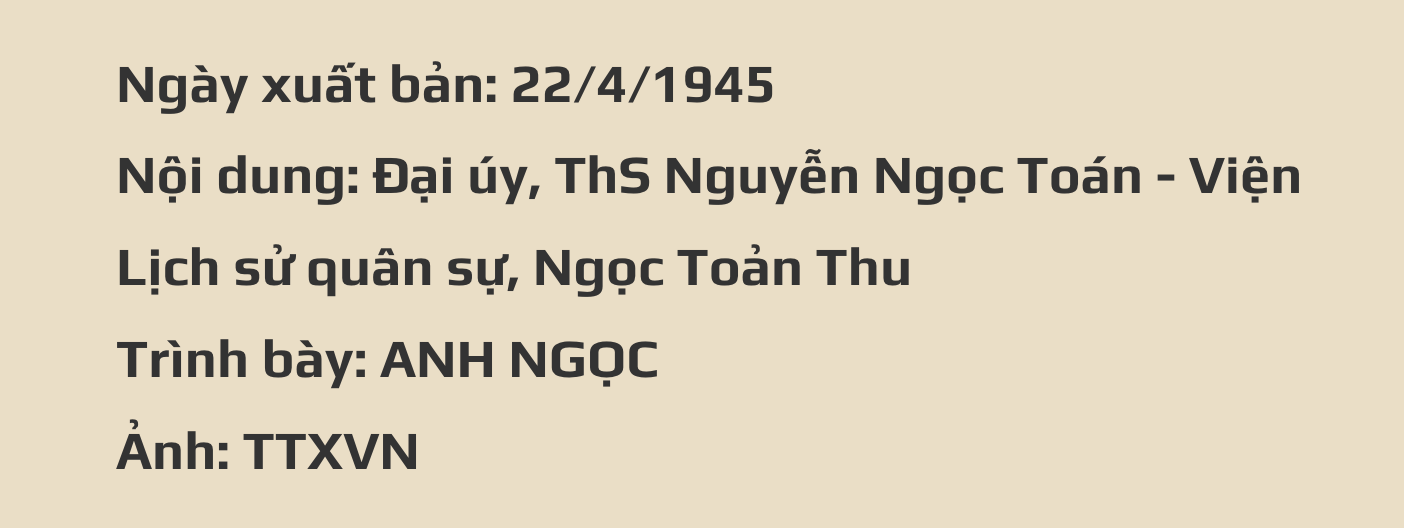
Nhandan.vn


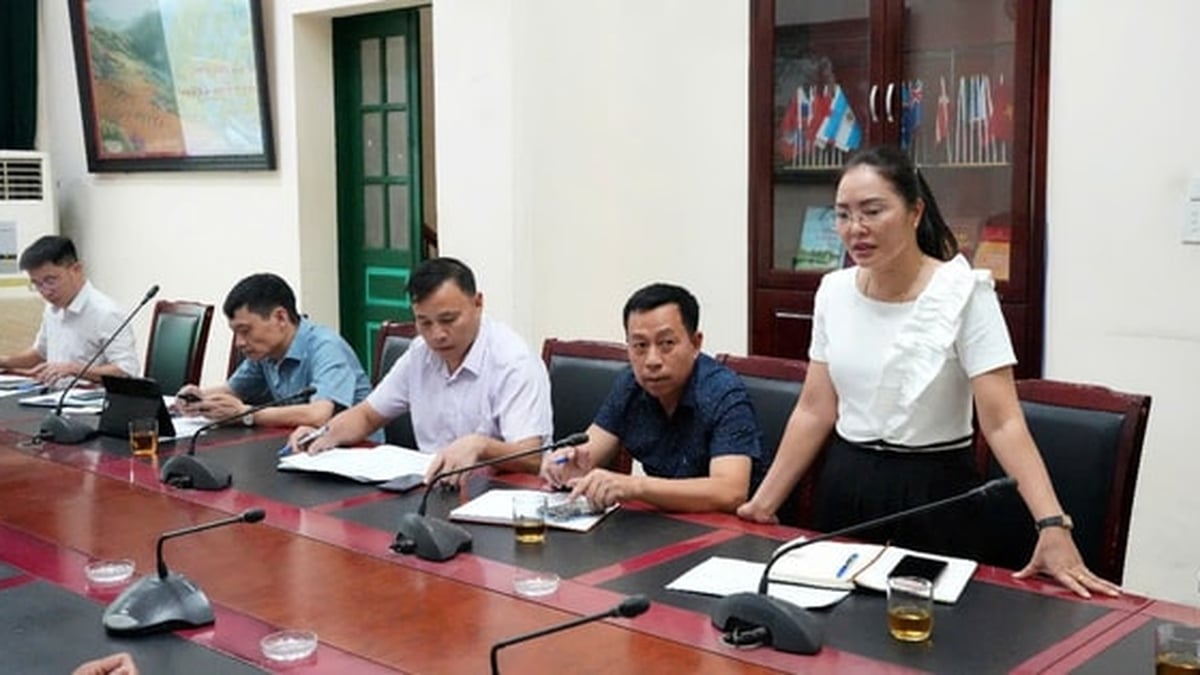

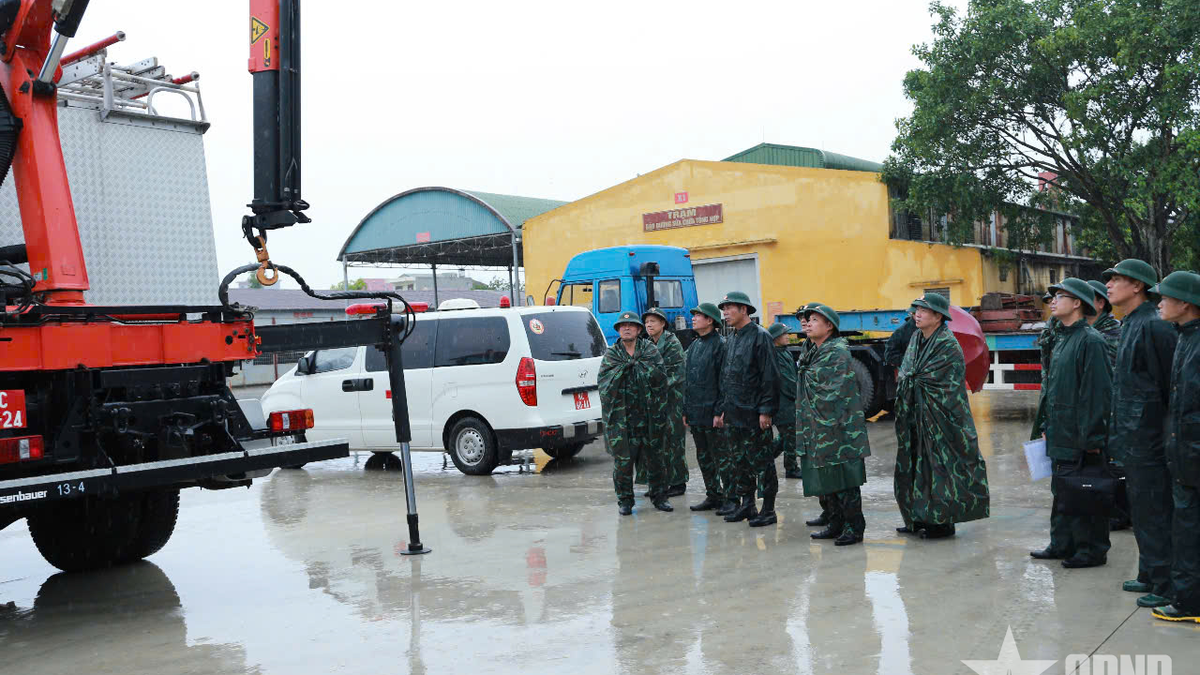
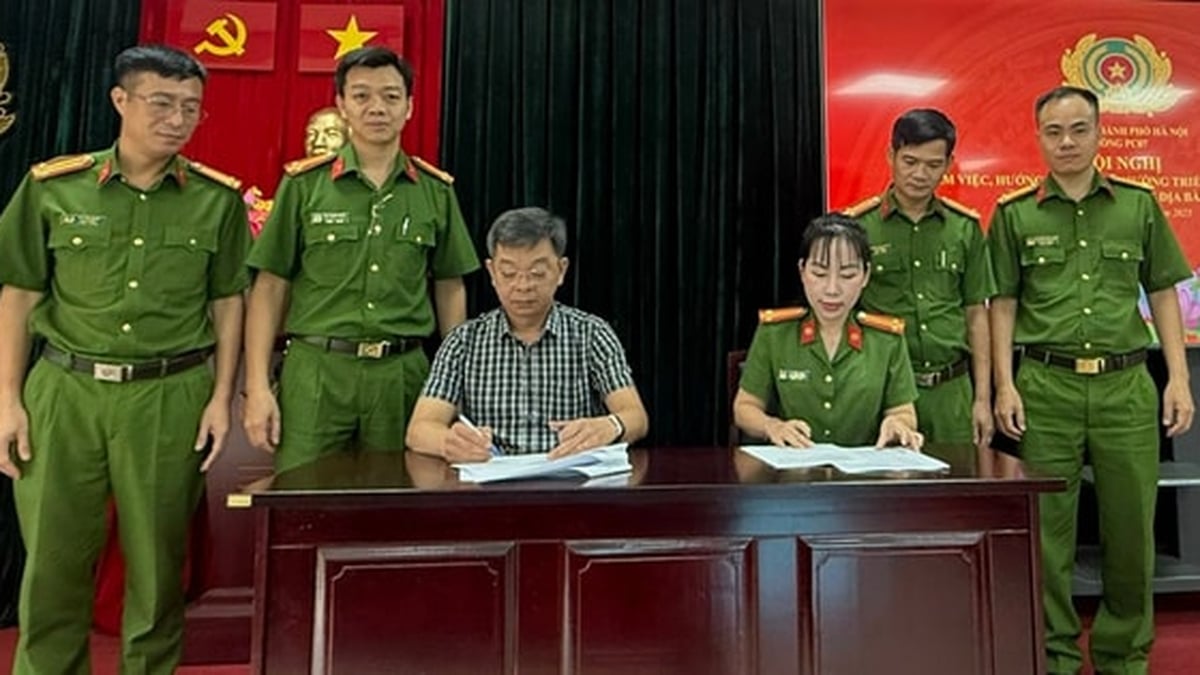
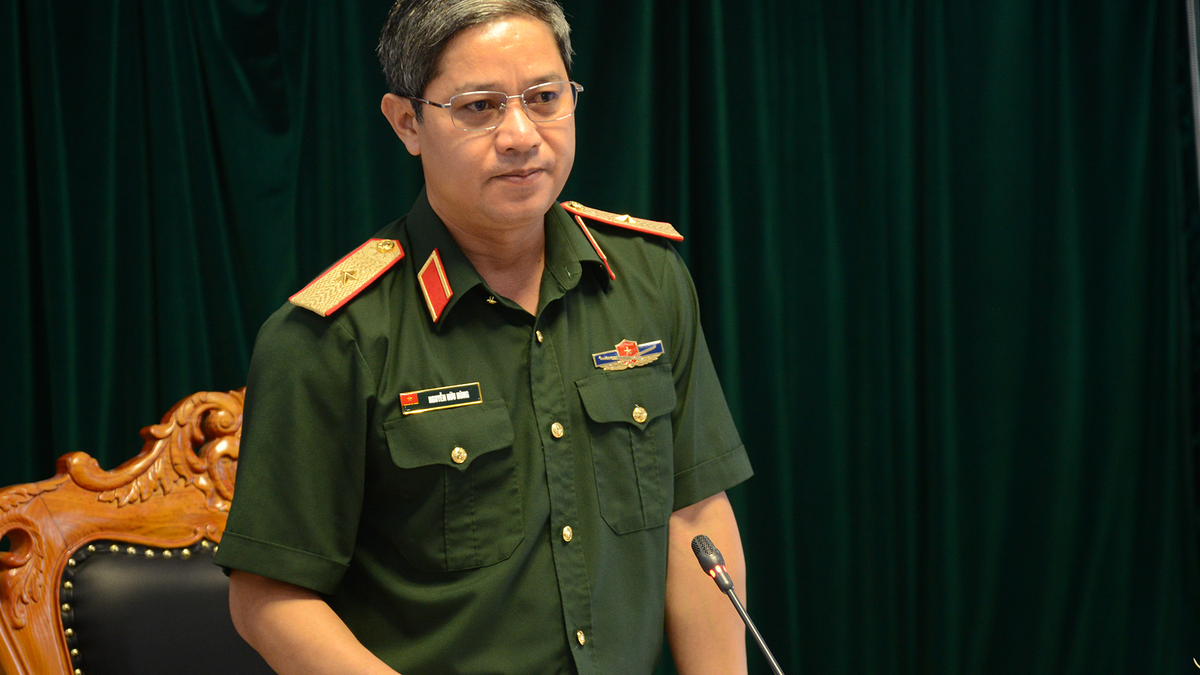

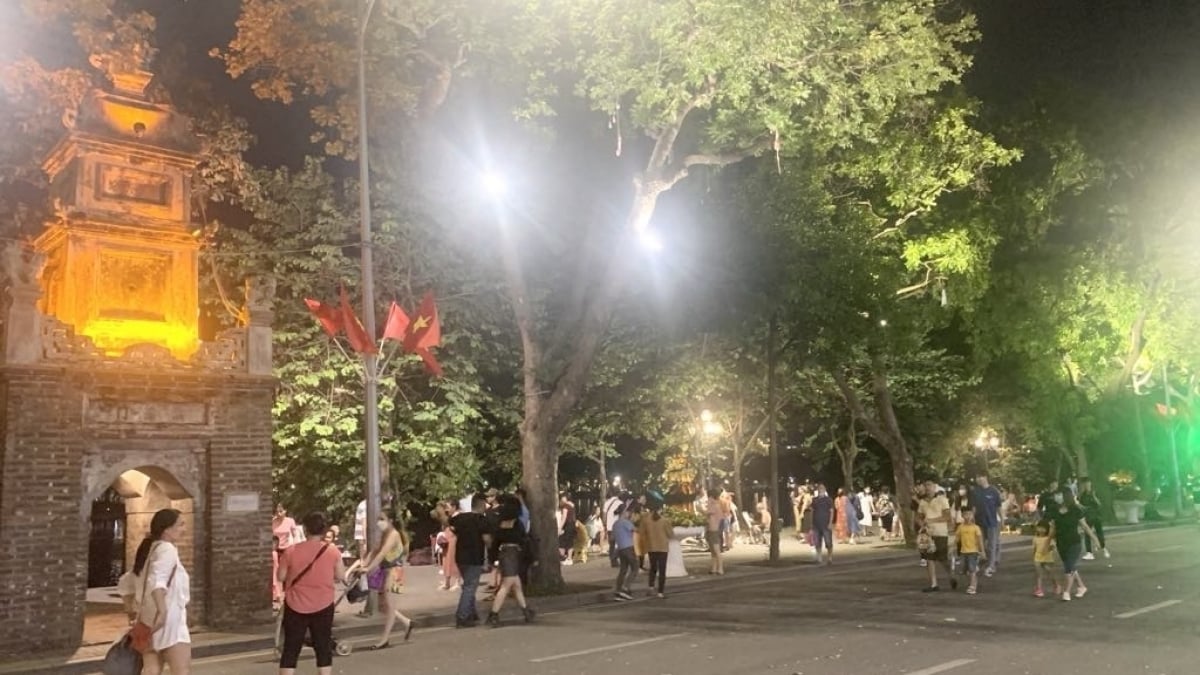

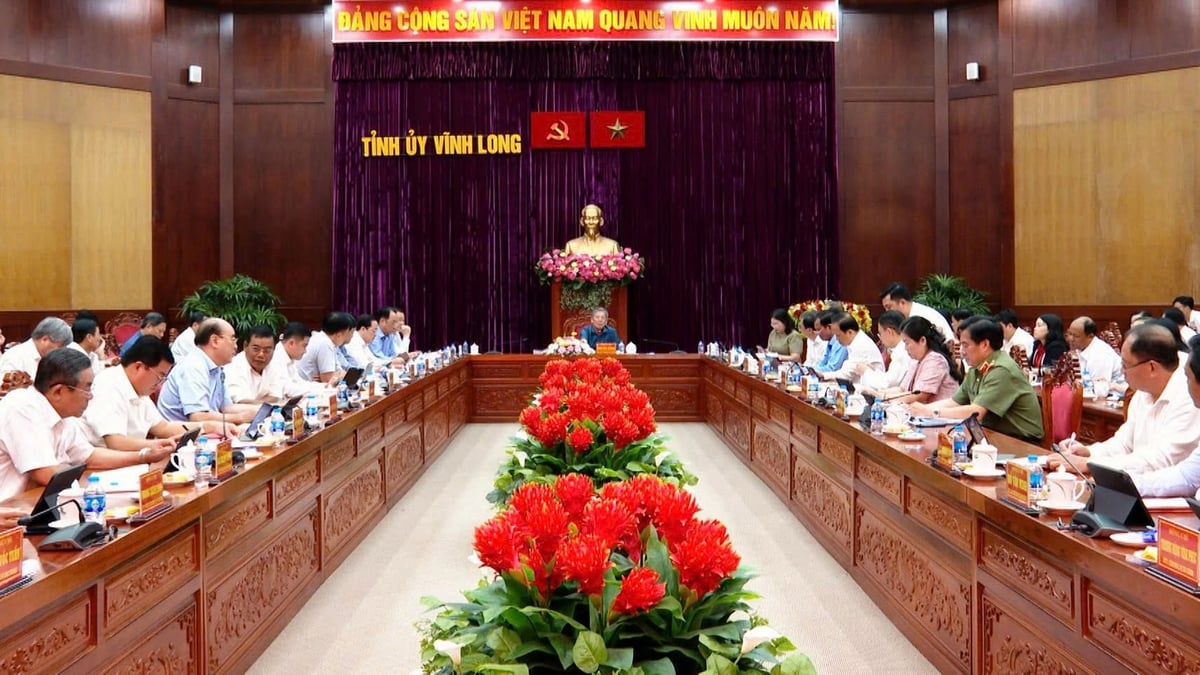




















![[Photo] National Assembly Chairman Tran Thanh Man visits Vietnamese Heroic Mother Ta Thi Tran](https://vphoto.vietnam.vn/thumb/1200x675/vietnam/resource/IMAGE/2025/7/20/765c0bd057dd44ad83ab89fe0255b783)














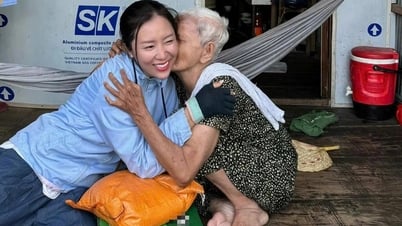















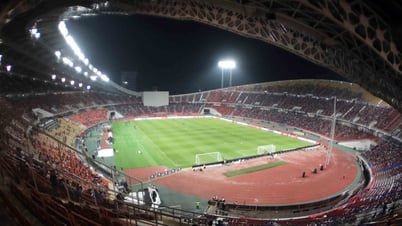

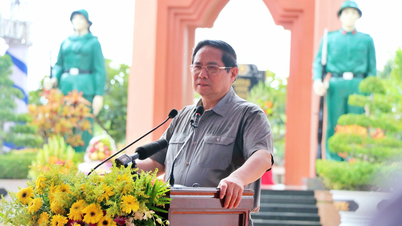
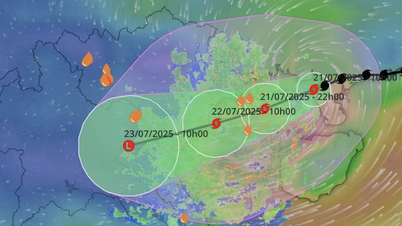

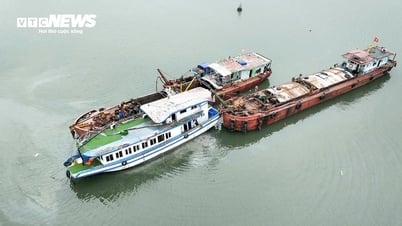


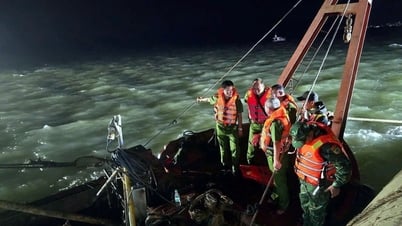






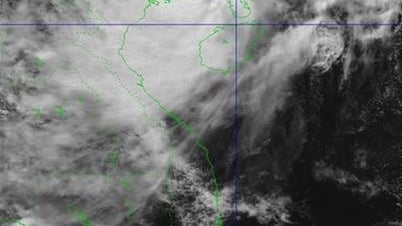



















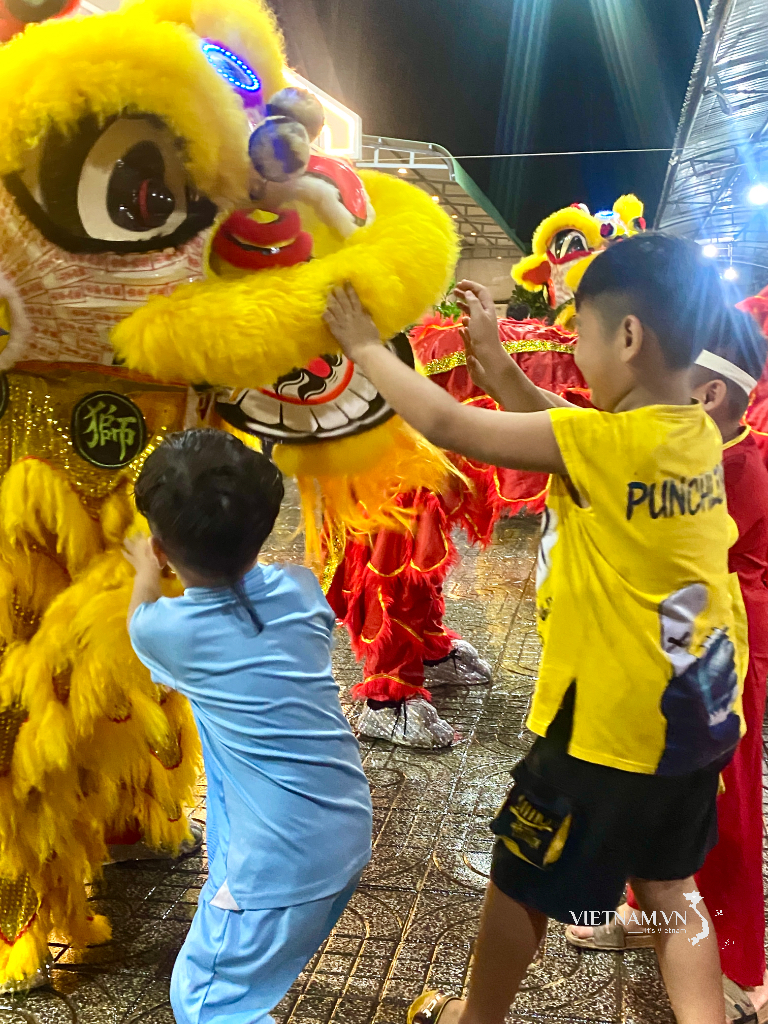
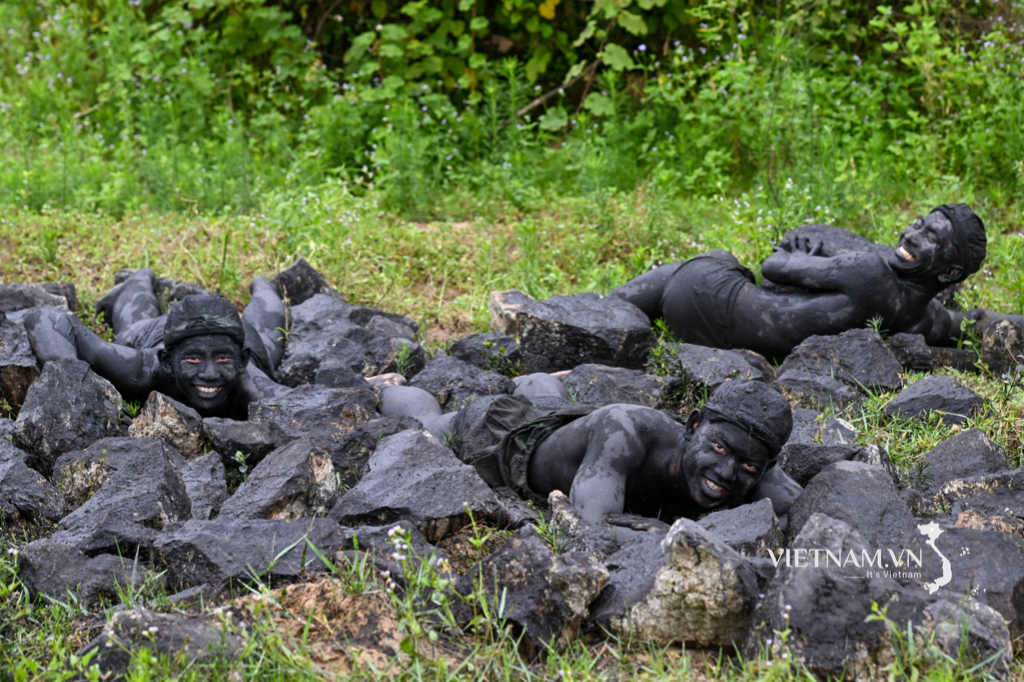
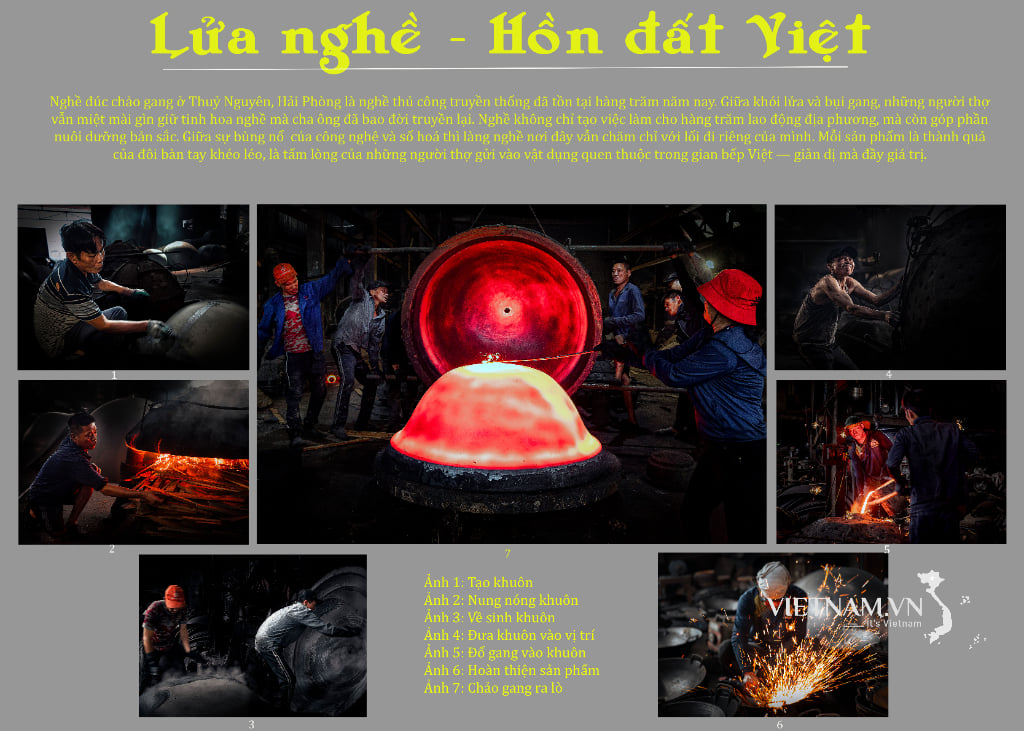
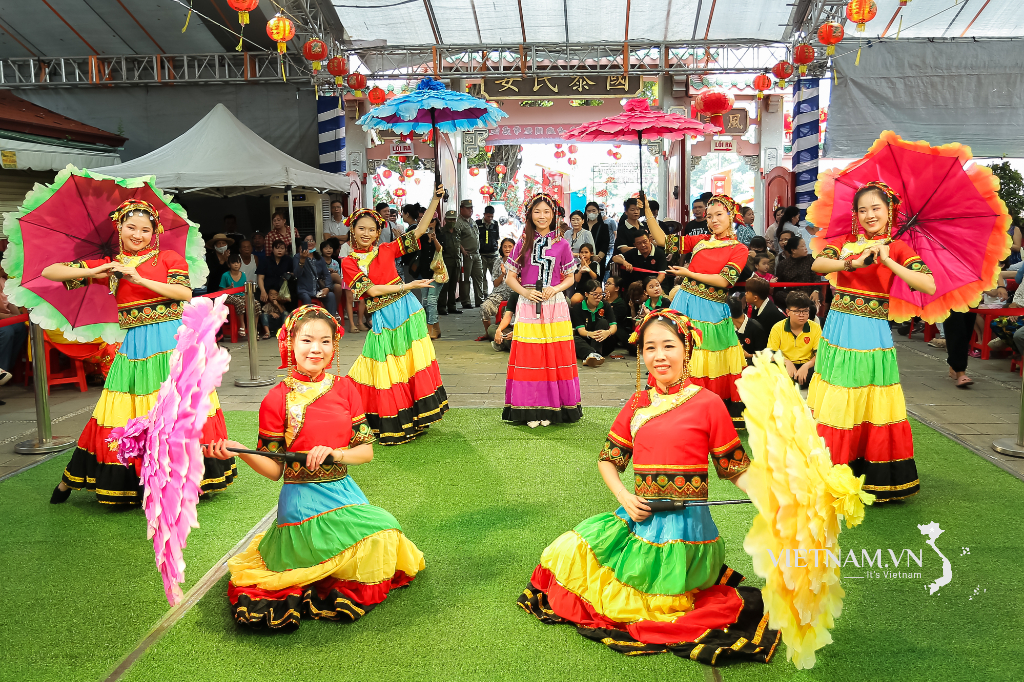
Comment (0)